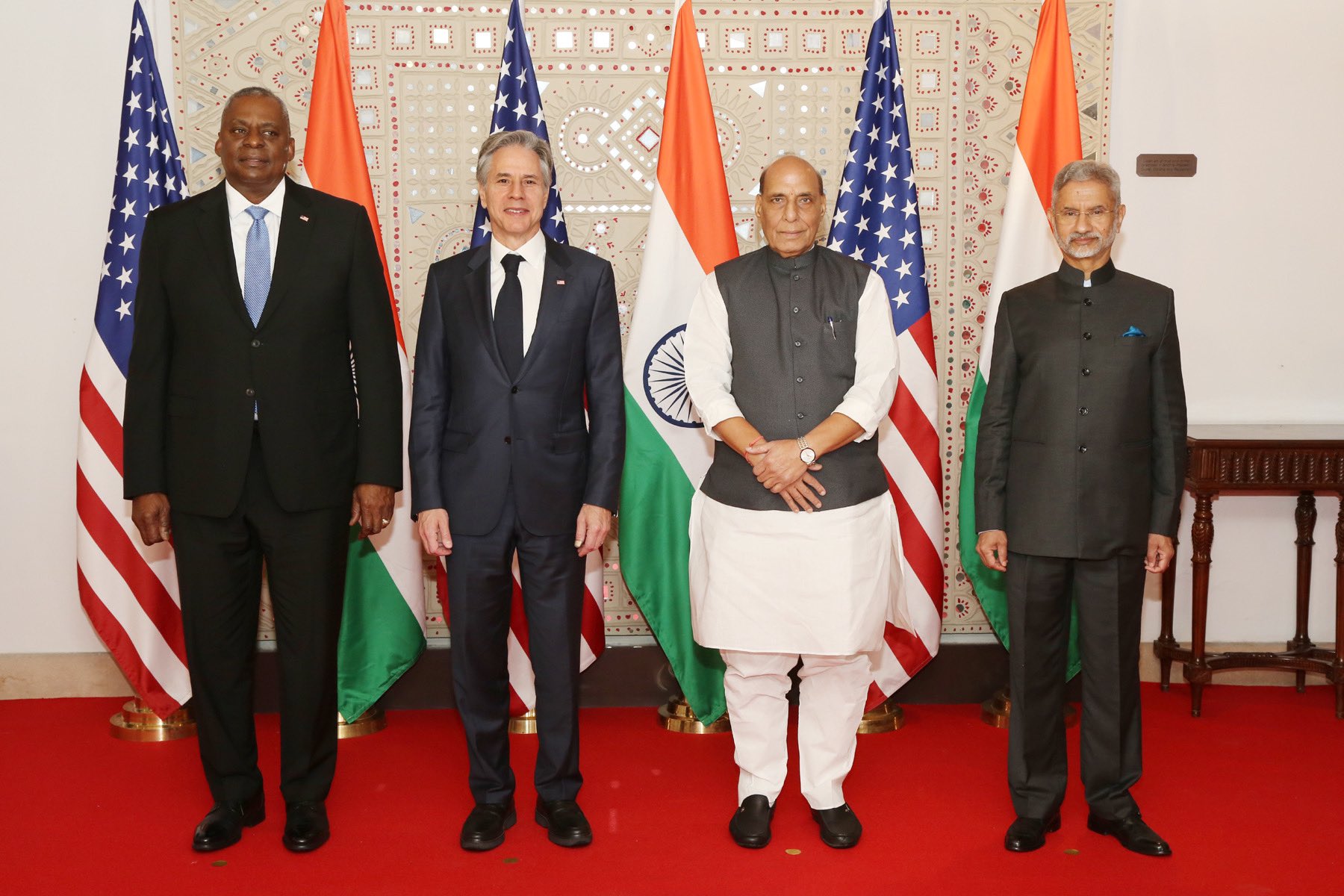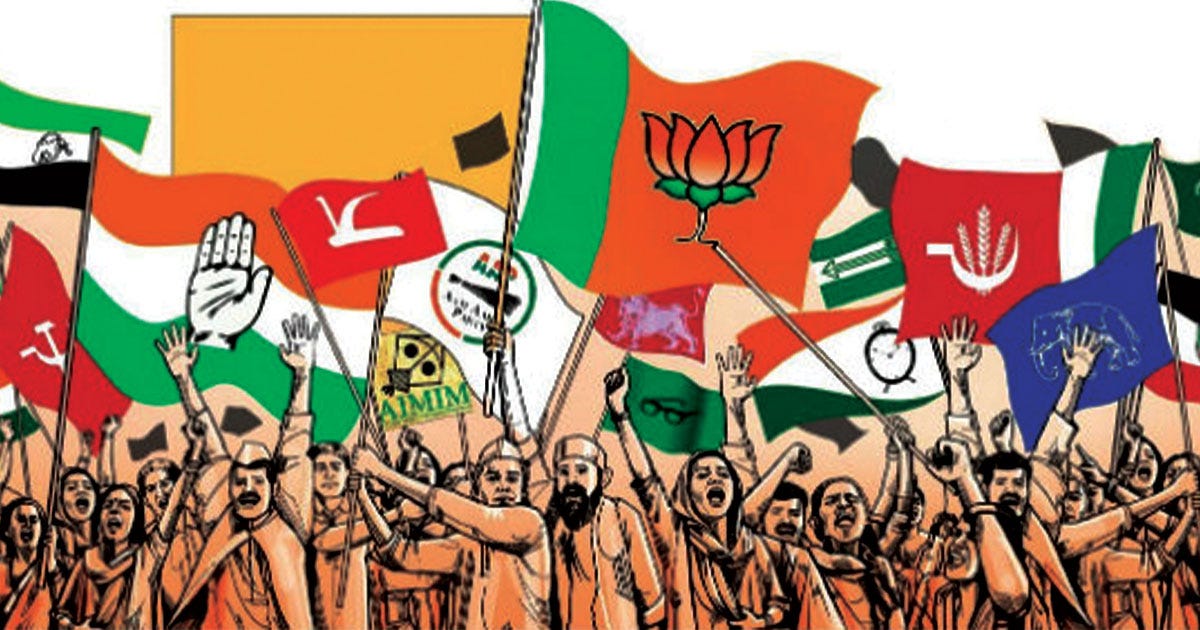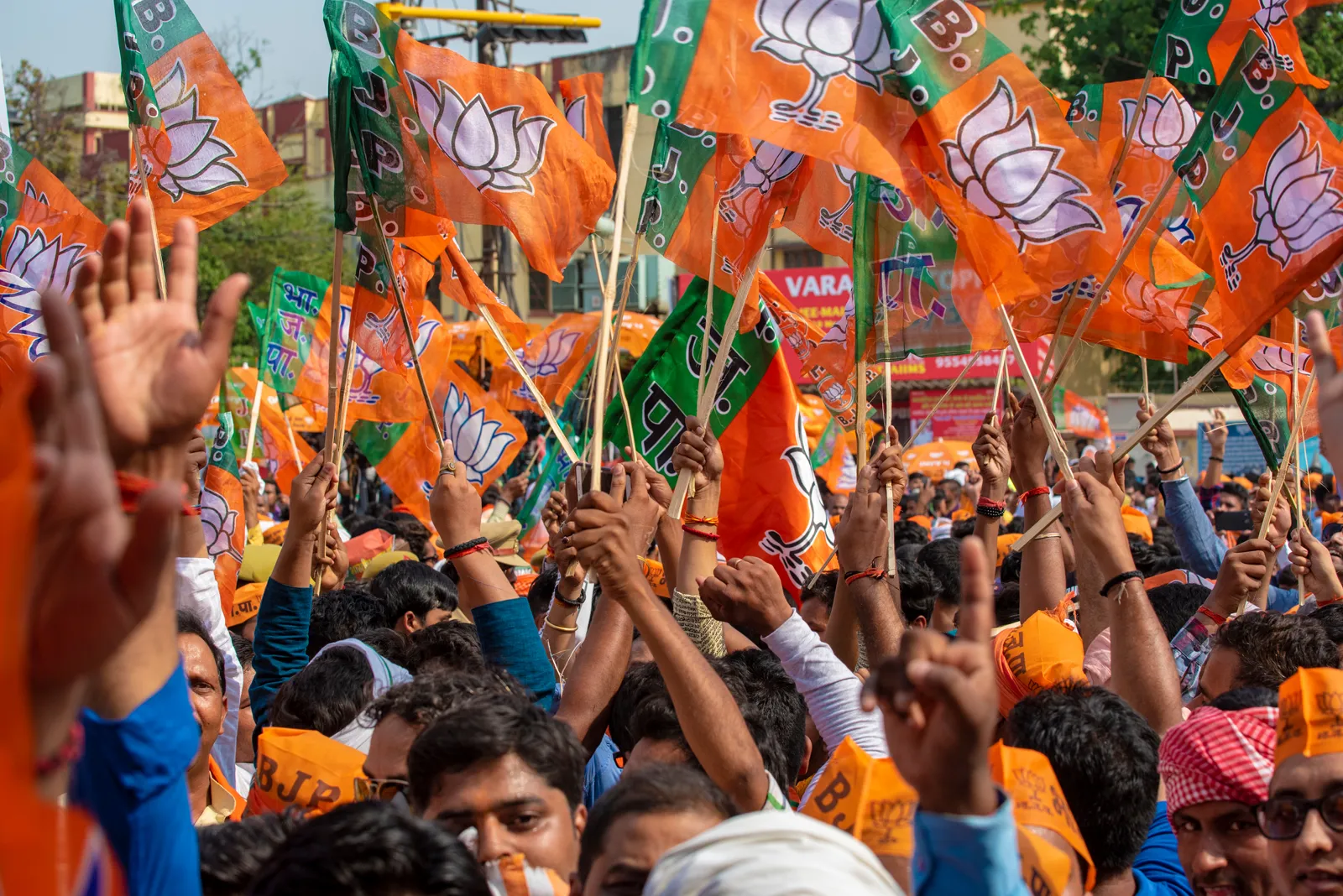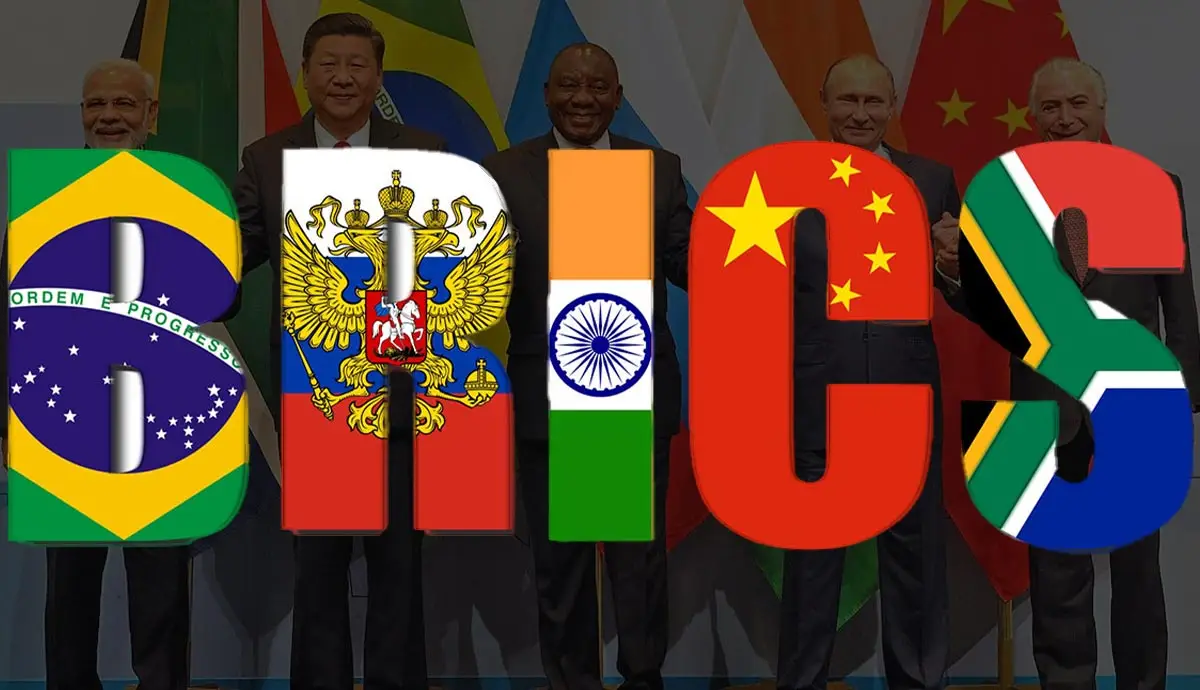Significant political ramifications resulted from the recent India-US 2+2 Ministerial Dialogue, which was held on November 10. This is especially true given the unstable geopolitical environment. Both the US Secretary of State and the US Secretary of Defence defended the meeting in spite of the urgent issues in West Asia, demonstrating the importance to the US of maintaining the positive trajectory of its ties with India.
In cooperation with Iran, the US has sent two aircraft carrier groups and a Marine unit to the eastern Mediterranean to thwart any Hezbollah threats against Israel. The US is juggling wars in Europe, specifically in Ukraine with Russia, and growing tensions with China in the Western Pacific at the same time. The US is currently faced with the possibility of military engagement in West Asia amid these difficulties.
India is involved in these wars on a very personal level. The crisis in Ukraine is putting pressure on its long-standing relations with Russia. India has significant geopolitical, commercial, and energy interests in West Asia. It also maintains close relations with Israel and the Arab world. As relations between China and India become more antagonistic, there is more evidence to support a close alliance with the US in order to thwart China’s expansionist plans.
The significance of the India-US 2+2 Dialogue in this context goes beyond the strengthening of bilateral relations. The timing demonstrates the US commitment to the Indo-Pacific strategy and strong connections with India amid global complexity, and it coincides with US efforts to engage constructively with China and an imminent Biden-Xi meeting.
The centrality of the Quad as a force for world good in the Indo-Pacific is highlighted in the joint statement from the 2+2 Dialogue. The next Quad Leaders’ Summit is expected to be held in India in 2024, provided that President Biden shows up as the chief guest for the Republic Day festivities.
The US policy in Asia still revolves around the Indo-Pacific strategy, the Quad, and strengthening ties with India, despite the US reaching out to China through the 2+2 Dialogue. The US Defence Secretary also underlined the growing security threats faced by China, while Defence Minister Rajnath Singh stressed the growing convergence between India and the US in opposing China’s aggression.
Although the joint statement acknowledges the humanitarian repercussions of the situation in Ukraine, it noticeably leaves out any mention of it. This illustrates India’s resolve to uphold its current stance, particularly in light of growing scepticism over outside backing for prolonging the conflict. Regarding the Israel-Gaza conflict, all parties emphasised the necessity for humanitarian aid to be provided to Palestinian people in Gaza while expressing sympathy with Israel in its fight against terrorism and calling for adherence to international humanitarian law.
India must negotiate the Arab world’s increasingly intransigent position over the Israel-Gaza conflict. Despite the uncertainty brought on by the conflict, the joint statement positively praises continued efforts for food and energy security as well as the India-Middle East-Europe Economic Corridor.
The joint statement’s defence sections reaffirm the commitment to strengthening the defence relationship between the US and India, with an emphasis on cooperative projects, joint military exercises, and cooperation in cutting-edge fields like artificial intelligence and space exploration. Concerns over China’s growing naval presence in the Indian Ocean are common, and this is reflected in the collaboration in Maritime Domain Awareness.
Important programmes that demonstrate the intention to improve defence cooperation are the Security of Supply Arrangement (SOSA) and the India-US Defence Acceleration Ecosystem (INDUS-X). But in order to move forward, the US must relax export laws and facilitate technological transfers, a topic covered at the Strategic Trade Dialogue.
Strengthening defence ties still depends on interoperability, especially in the air force and navy areas. Under the Logistics and Exchange Memorandum Agreement (LEMOA), talks are in progress to maximise shared advantages. It is clear that India would prefer to address the China threat on its own.
Strengthened space collaborations, an emphasis on “space commerce,” and encouraging results from the Mineral Security Partnership Principals’ Meeting are highlighted in the joint statement. The ministers anticipate that bilateral commerce might reach $200 billion by 2023.
With the US preparing to open consulates in Bengaluru and Ahmedabad and India opening one in Seattle, it appears that the 2+2 Dialogue has promoted a thorough understanding of a number of topics. The favourable result points to the US’s willingness to address India’s concerns, creating opportunities for additional cooperation based on similar goals and constraints.








